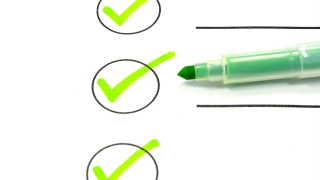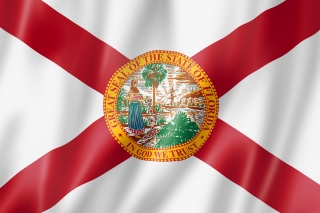Rollovers vs. Transfers – Why Checking the Right Box Matters

When you’re helping a client apply for an IRA, understanding the difference between a rollover and a transfer is important. Checking the wrong box about the source of the funds can result in a letter from the IRS. Let’s look at how to help clients avoid IRS questions about income reporting.
Rollovers
A rollover is when you move funds between unlike plans. For example, closing out a pension account and moving those funds into an IRA is a rollover.
Providers like The Standard report rollovers to the IRS to show that the money was deposited into a qualified policy and isn’t taxable. We report rollovers to IRAs, Roth IRAs and SEP IRAs annually on Form 5498.
Funds that clients receive and deposit into a checking or money market account while they research the best investment are also rollovers. This is true even if the banking institution sends The Standard a cashier’s check or money order for the benefit of the client.
Previous carriers will report the rollover on a Form 1099R, using a distribution code of G and showing no taxable amount. A few carriers send funds directly to clients. These funds should be reported as fully taxable on the 1099R and coded as a 7 or 1, depending on a client’s age. If these funds fail to make it into another qualified account within 60 days or are not recorded correctly, they become taxable and considered income.
Transfers
Transfers are funds between like plans, such as from a bank’s IRA to an IRA with The Standard. Transfers are not reported on Form 5498 and are not taxable. For funds from a bank or credit union to be considered a transfer, they must originate from a qualified IRA account held at the bank or credit union.
Choose the Right Money Source
Here’s a situation that can trigger that letter from the IRS: Let’s say a client marks the source of funds as a transfer when it’s really a rollover. The IRS will see a report from the previous carrier that released the funds. However, it won’t see a matching Form 5498 from us saying the money was put into a qualifying policy. Instead, it will view this as a distribution that is taxable – and will send a letter to the client.
Help clients choose the correct money source — rollover or transfer — on an application, so they don’t get questioned by the IRS.
If you have questions or need help providing service to your clients, please contact our service specialists at 800.247.6888 or send us a message.
More About Producer Advisories








